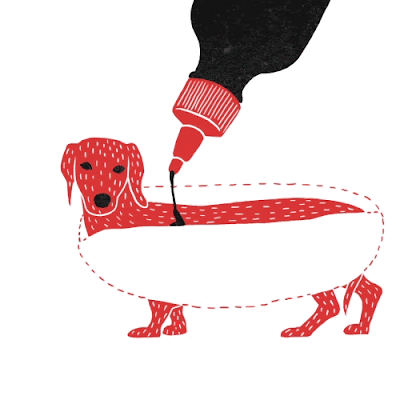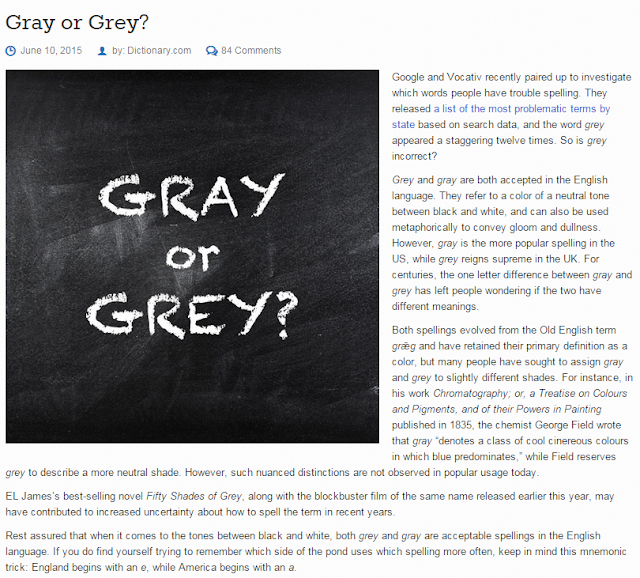Chinamania
Perhaps you may need some suitable serving plates and bowls after a stop at Trader Joe's. You may want to consider Chinese porcelain, like the kind NPR special correspondent Susan Stamberg found at the Smithsonian's Freer Gallery, of Art on the Mall in Washington.史密斯索尼恩佛瑞爾藝廊 華盛頓特區
SUSAN STAMBERG: You know those little blue-and-white bowls that Chinese restaurants serve hot and sour soup in? Clanky, cheap, little bowls?
(Soundbite of silverware clinking)
STAMBERG: The stuff at the Freer is nothing like that. It's blue and white, all right, and Chinese. But it's old porcelain, made in the 17th century. In London, in the 1860s, painter James McNeill Whistler started collecting this kind of porcelain. So many other Victorians did, too, that the British craze was called Chinamania.
Ms. LEE GLAZER (Curator): Chinese porcelain moved from palaces to parlors. 店鋪
STAMBERG: Curator Lee Glazer says Brits bought the blue-and-white bowls and dishes and plates so feverishly that cartoonists of the day saw Chinamania as a disease.
Ms. GLAZER: Sweeping through the nurseries, striking aesthetic mothers and fathers, rendering them incapable of taking good care of their children because they were more in love with their teapots than their babies.
STAMBERG: A craze for glaze. The porcelain they snapped up was actually, not all that precious. It was mass-produced for export.
Ms. GLAZER: These were not the masterpieces of Chinese ceramic arts, but they were manufactured very deliberately as commodities for foreigners. It wasn't the best.
STAMBERG: They kept the best for themselves, huh?
Ms. GLAZER: Of course, they did. Who wouldn't?
STAMBERG: Still, what they exported was a huge hit in the marketplace: foreign, exotic, not seen before. James McNeill Whistler had some 300 pieces in his collection, and a Chinese robe, which he wore for a portrait once, surrounded by sober, black-clad, fellow artists.
Ms. GLAZER: Making himself stand out. He was always good at that.
STAMBERG: You can bet Whistler put his Chinese robe on when he entertained, maybe served Chinese tea in blue-and-white, Chinese cups.
Ms. GLAZER: We know he painted in patent leather 漆皮dancing shoes.
STAMBERG: But, we digress.脫離主題 Back to the exhibition, "Chinamania: Whistler and the Craze for Blue and White." What's historically and sociologically significant - well, this is public radio - is that the blue-and-white export china was being snatched up in Victorian England as a status symbol by people making new money from the 19th century revolutions in industry, transportation, mass communication大眾傳播, and the expansion of global trade.
Ms. GLAZER: One of the interesting things about Chinamania is that it is one of the first instances where we see an emerging middle-class with a disposable income, buying things not because they need them - because they desire them.
STAMBERG: So Chinamania, curator Lee Glazer says, marked the beginning of consumer culture.
Ms. GLAZER: That was a very new idea.
STAMBERG: Something for us to ponder at the Mall this weekend.
Meanwhile, in the Freer Gallery gift shop, they're selling new and old blue and white, including the most amazing antique urinal - a squat, rectangular pitcher with a handle and very large spout - which would look great on a side table if you have the spare $400.
I'm Susan Stamberg, NPR News, Washington.
(Soundbite of music)
WERTHEIMER: You can see some of the Freer's Chinese blue and white at npr.org.
(Soundbite of music)
WERTHEIMER: This is MORNING EDITION, from NPR News.










留言
張貼留言